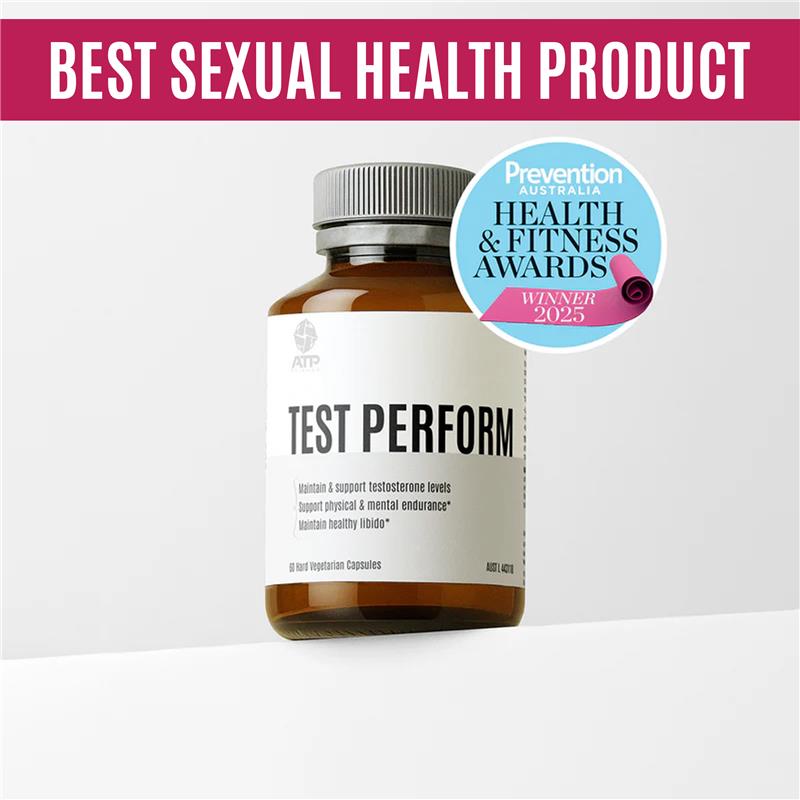This type of diet was produced and patented by the Monash University in Australia to help with digestion issues by reducing dietary intake of any slowly absorbed or indigestible short-chain carbohydrates which are all of those listed above creating the acronym “FODMAP”. It is believed that this was found to help relieve symptoms associated with IBS. The Monash University of Australia claims that 15% of the world’s population 1 in 7 people are affected by IBS (Irritable Bowel Syndrome). Find out more here.
FODMAP Diet Explained:
This is a 2-phase diet protocol, whereby these particular sugar groups found in specific foods are eliminated for a period of time usually 2-6 weeks and then slowly introduced again to monitor any register of intolerance to that specific form of sugar. The intent is to find relief over a longer time by implementing a restriction of the sugars that create the symptoms associated with IBS and a permanent dietary stage of these forms.Fermentation – We rave on about bugs in our gut, on our skin, under our nails… they are everywhere we cannot escape them. They also love sugar! The idea of the FODMAP diet is reducing the forms of carbohydrates that the bugs love to consume because they are poorly digested and as a by-product, they ferment and create indigestion, gas, bloating and severe discomfort for those intolerant to these forms.
Types of sugars, yes there is more than one form!
Oligosaccharides – These are a complex carbohydrate/sugar form and are often found in foods like wheat, rye, onions, garlic, and legumes.Disaccharides – You will recognize this one as Lactose! Dairy products such as milk, soft cheeses, and yogurts.
Monosaccharides – Fructose is the more recognizable form here, honey, apples, high fructose corn syrups.
Polyols – This one is found mostly used as sweeteners, this includes sorbitol and mannitol but can often be isolated in some common fruit and veg like peaches, mushrooms, cauliflower, plums, etc.
How do these sugars differ?
Oligosaccharides – 3 to 10 individual monosaccharides (simple sugars) joined together to form its complex like saccharide polymer.Disaccharide – Two simple sugars joined by a glycosidic linkage. These disaccharides and monosaccharides are soluble in water and are often labeled as lactose, sucrose, and maltose.
Monosaccharides - Monosaccharides are single carbohydrate molecules often known as simple sugars. These are often titled as the included - glucose, galactose and fructose. (fructose is the type listed as an issue on FODMAP’s due to fructose malabsorption). It’s estimated that around 70% of people with IBS suffer from fructose malabsorption.
These Monosaccharides are often easily absorbed in the small intestine by unique transporters, these are called GLUT-2 and GLUT-5. These are specific transporter proteins embedded in the intestinal wall that allow access across our epithelial barrier, from here entering the bloodstream to be used for energy. Fructose malabsorption often sees people with dysfunctional transporter proteins and as such these are not absorbed and instead fermented by our bacteria.
Polyols – For the most part these are sugar alcohols that are both man-made and found in fruits and veg too. You will see them in a lot of weight loss products on the market as they are touted as a low-calorie sweetener. However, alcohol sugars can cause absolute chaos for people with IBS and even those without. They just don’t sit well with our digestive system.
Keep an eye out for these common Polyols –
- Sorbitol under the food code 420
- Mannitol under the food code 421
- Maltitol under the food code 965
- Xylitol under the food code 967
- Isomalt under the food code 953
- Lactitol under the food code 966
They are also prone to be potent laxatives in nature whereby they draw water into the intestine and move rapidly through the intestines, excess amounts like if you have too many mints or chewing gum and those sugar-free candies… can give you the green apple splatters!
Erythritol – you may be wondering why this one wasn’t on the list of ones to keep an eye out for, why is this? That’s because this form is actually well absorbed in the small intestines in comparison to the others, it does not rapidly ferment via the gut bacteria and only a small portion makes it to the large intestine making this the FODMAP Friendly sugar alcohol.
FODMAP - Suspect an intolerance or have IBS?
Following a low FODMAP diet for 2-6 weeks is recommended, where you consume foods from the Low FODMAP section of the recommended foods column and avoid the HIGH FODMAP foods. Once you have given your body the desired break from these potential disruptors, many begin to introduce individual sugar group types back in to see how their body responds to them to better isolate the potential culprits in a controlled environment with fewer variables.To find out more info, jump onto the founders of this diet style here


















